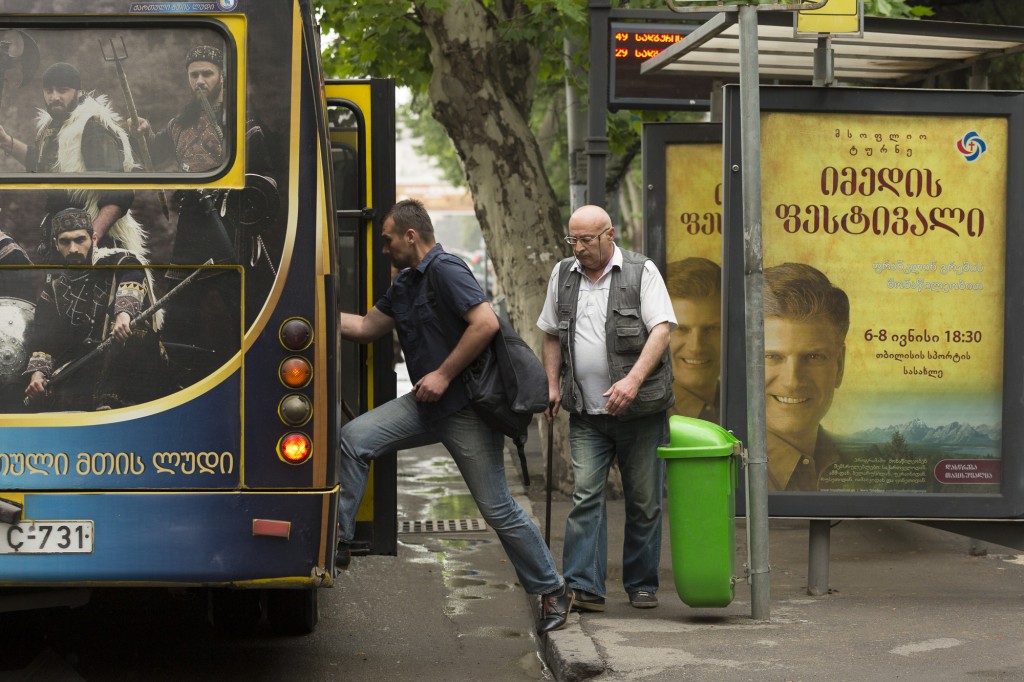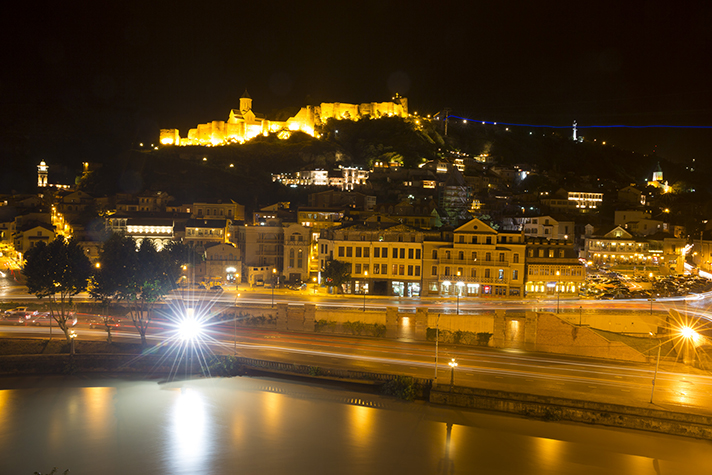
It’s not a trick question. But still Elza Satseradze paused for a second before answering.
When it comes to the youth of Tiblisi—and all of the Republic of Georgia for that matter—what is the biggest need?
“Jesus Christ,” Satseradze, 22, said. “Many people here are living in darkness.”
Elza Satseradze is a student at Tbilisi State University, where she’s studying international business. Quite fitting for a person who is fluent in three languages—Georgian, Russian and English.

“Russian is my first language,” said Satseradze, who grew up in Ukraine, before moving to Kutaisi, Georgia, at age 7.
Her command of those three languages, and her love for evangelism, earned her the job of interpreting this weekend’s Festival of Hope (Imedis Festivali) with Franklin Graham from Georgian and English to Russian via headsets.
But that’s not the main reason she’s heading to the event on June 6-8.
Elza Satseradze wants to witness history with her own eyes. In her opinion this will be “the first huge event” the evangelical churches have ever accomplished together in Georgia.
“[People from Georgia] believe that if you are Georgian, you should be Orthodox,” said Satseradze of the country where more than 90 percent claim Orthodox religion. “It’s very hard for people to believe that there could be something else.”
So, more than anything, that’s her prayer this weekend: “That [evangelicals] won’t be known as just a sect, but they will be more accepted,” she said. “Personally, I hope they realize that [Christianity] is not something small, that it’s something worldwide and not to be afraid of.”
And with 150 churches banding together nationwide, virtually every evangelical church in Georgia, it’s becoming obvious this Festival is bigger than most people could have imagined. Viktor Hamm, the vice president of Crusades at the Billy Graham Evangelistic Association is calling this kind of participation “absolutely unprecedented.”
Perhaps the biggest sign is the 500-member choir assembled, believed to be the biggest in Georgia’s evangelical history.
“All the preparation has really united all the churches,” Satseradze said. “They have one big goal—Jesus Christ.”
Some of the biggest events uniting churches were the youth leaders conference in February, which drew 420 people including at least two representatives from each region in Georgia, and the tree-planting event the last week of May.
One tree from each involved church—150 altogether—were planted to make up the Alley of Hope, a symbol of unity and growth in the evangelical church movement.
“In Georgia, we have a saying: ‘A man should build a house, get a wife and plant a tree,’” Satseradze said with a laugh. “But this is to mark that the Festival will live for at least 100 years. And people will ask in the future, ‘What was this Hope Festival?’”
Elza Satseradze may not be around to answer, but she’s confident there will be many who will.



